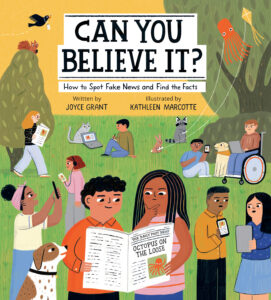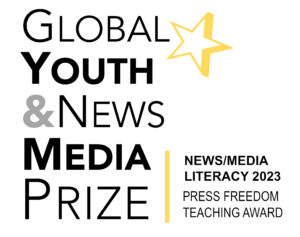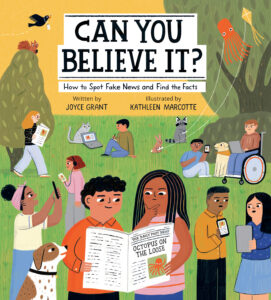
If you were sitting outside on April 16 in Eastern North America, you may have seen a wondrous site. That day, millions of Red Admiral butterflies flew in – or perhaps “blew in” – from the southern United States.
Drew Monkman is a local natualist (“nature watcher”) and writer, living in Peterborough, Ont. He tracks the habits of animals including butterflies.
He told TKN that the April 16 migration was “completely unprecedented. (The Red Admiral has) never been seen in these kinds of numbers.”
He said on that day there were probably several million butterflies, most of them Red Admiral, but there were other species as well.

Why did this happen? This year in the southern United States like Texas, where the butterflies began their journey, the winter was “amazingly mild,” said Monkman. This allowed more butterflies to survive the winter and reproduce.
And then, says Monkman, “the winds blew out of the south and the butterflies rode them (across the Great Lakes and) into Ontario.”
He said the mild conditions are “probably related, unfortunately, to climate change–at least indirectly.” In other words, global warming likely contributed to the warmer temperatures.
Not only did the mild winter allow the butterflies to thrive, but it meant that more of their favourite plants thrived as well.
Each species of butterfly lays its eggs on a specific plant. The Red Admiral lays its eggs on the Nettle. Monarch butterflies lay their eggs on milk weed plants. And the Swallowtale butterfly lays its eggs on fennel or dill plants. Butterflies also need plants for nectar.
The huge influx of butterflies was seen through Ontario and into New Brunswick and Nova Scotia. “People were typically seeing dozens in their backyards,” said Monkman. He also said some people told him they pulled off the highway to avoid hitting the butterflies with their cars.
There was another flight of butterflies in May, said Monkman. It wasn’t quite as large, but it was still very impressive.
Related links
Drew Monkman’s website is called Our Changing Seasons.
If you’re interested in outdoor education, the outdooredguys is a terrific website.
The outdooredguys website features this video footage of Red Admiral butterflies.
CURRICULUM CONNECTIONS
By Kathleen Tilly
Writing/Discussion Prompt
Do think this is a “good news story”? Why or why not?
Reading Prompt: Text Features
This article contains quotations. A quotation or quote is when a journalist writes exactly what someone says. She “quotes” the person.
How do the quotations in the article help you to understand the story?
But what if the journalist wants to change one or two words? She has a couple of options. She can either paraphrase the person’s words–in which case she can’t use quotation marks–or she can include extra words in brackets. The brackets contain words that that person didn’t say, but which clarify the person’s sentence.
For instance:
He said the April 16 migration was “completely unprecedented. (The Red Admiral has) never been seen in these kinds of numbers.”
In this case, Drew Monkman didn’t say “The Red Admiral,” he said “it’s” — but the journalist knew that he meant The Red Admiral. So she included those words in brackets, for clarity.
Primary and Junior
Identify a variety of text features and explain how they help readers understand texts (OME, Reading: 2.3).
Intermediate
Identify a variety of text features and explain how they help communicate meaning (OME, Reading: 2.3).
Grammar Feature: A versus An
Before a noun is written, the word ‘a’ or ‘an’ is often used. Look through the article and identify where ‘a’ or ‘an’ is written.
‘A’ is written before a noun that begins with a consonant sound. For example: a cat, a house, a door. ‘An’ is written before a noun that begins with a vowel sound. For example: an arrangement, an orange, an hour.
Did you know?
Cucoon – is only for moths; chrysalis is for butterflies








